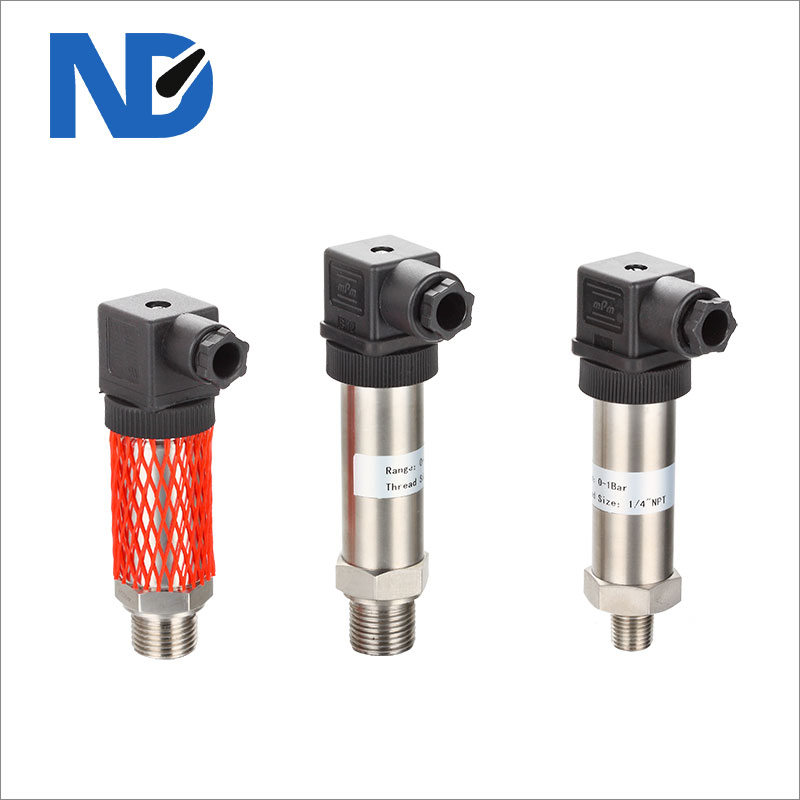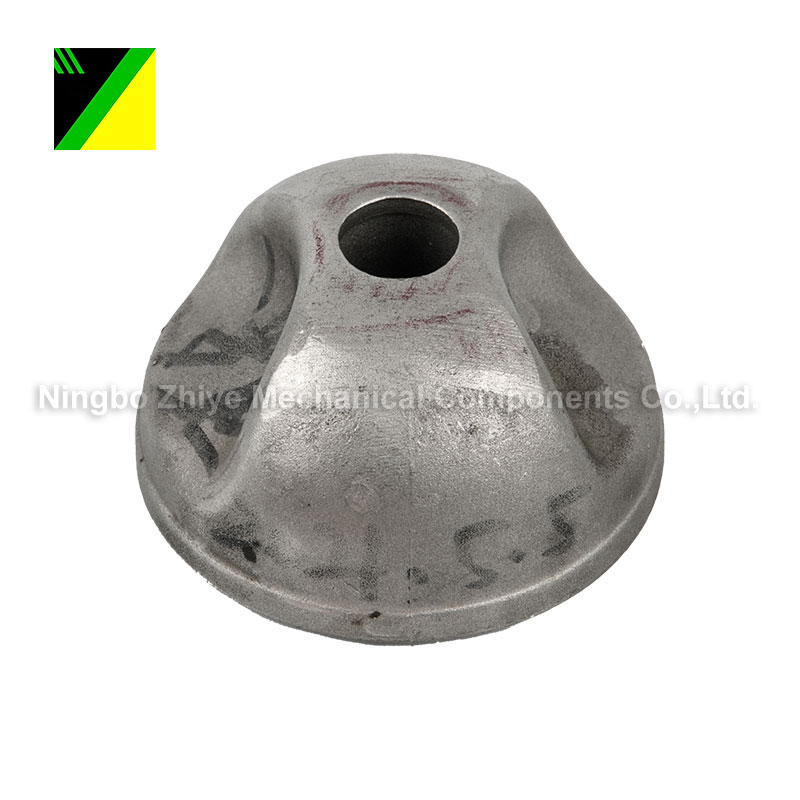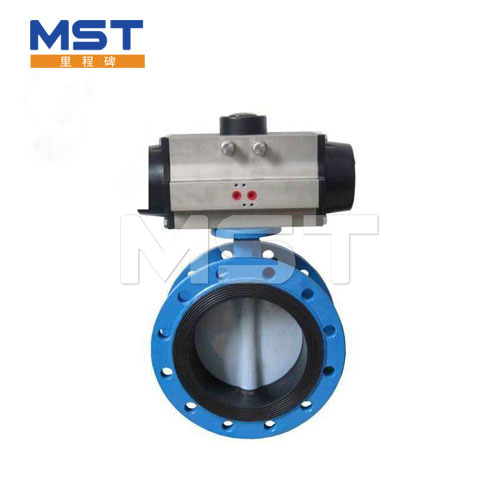Pressure Transmitter
A pressure transmitter is a device used to measure and transmit pressure information from a process or system to a control or monitoring system. It is commonly used in industrial and commercial applications to provide accurate and real-time pressure readings, allowing for precise control and monitor......
Send Inquiry
Product Description
A pressure transmitter is a device used to measure and transmit pressure information from a process or system to a control or monitoring system. It is commonly used in industrial and commercial applications to provide accurate and real-time pressure readings, allowing for precise control and monitoring of processes. Pressure transmitters are essential in various industries, including manufacturing, oil and gas, chemical, automotive, and more.
Key features and functions of pressure transmitters include:
1. Pressure Sensing: Pressure transmitters are equipped with sensing elements that detect changes in pressure. These elements can be based on technologies such as strain gauges, piezoelectric crystals, capacitive sensors, or piezoresistive sensors.
2. Pressure Measurement: Pressure transmitters measure pressure in units such as psi (pounds per square inch), kPa (kilopascals), bar, or other pressure units, depending on the application and regional standards.
3. Output Signal: Pressure transmitters convert the measured pressure into an electrical signal that can be easily transmitted to a control system or display device. Common output signals include analog signals (4-20 mA, 0-10 V) or digital signals (e.g., digital communication protocols like HART, Profibus, Modbus, etc.).
4. Accuracy: Pressure transmitters are designed to provide accurate pressure measurements with minimal error. The accuracy of a pressure transmitter is specified by its tolerance or error margin.
5. Temperature Compensation: Pressure transmitters often incorporate temperature compensation to ensure accurate readings even in varying temperature conditions that might affect the pressure sensing element's behavior.
6. Pressure Ranges: Pressure transmitters come in various pressure ranges to accommodate different applications, from low-pressure applications like HVAC systems to high-pressure processes in industrial manufacturing.
7. Housing and Protection: Pressure transmitters are typically encased in durable and rugged housings to protect the sensitive components from harsh environments, such as exposure to chemicals, dust, moisture, and extreme temperatures.
8. Zero and Span Adjustment: Many pressure transmitters have the capability to adjust the zero point and span of the pressure measurement to calibrate the device and ensure accuracy.
9. Electrical and Mechanical Compatibility: Pressure transmitters are available in different sizes and configurations to fit various installation requirements and mounting options.
10. Applications: Pressure transmitters are used in applications where accurate pressure monitoring is critical, such as industrial processes (pressure vessels, pipelines, hydraulic systems), HVAC systems, automotive engines, medical equipment, and more.
11. Integration: Pressure transmitters can be easily integrated into control systems, data acquisition systems, or SCADA (Supervisory Control and Data Acquisition) systems for centralized monitoring and control.
Pressure transmitters play a vital role in ensuring the safety, efficiency, and quality of various processes and systems by providing accurate pressure measurements. When selecting a pressure transmitter, factors to consider include the pressure range, accuracy, compatibility with communication protocols, and the environmental conditions in which the transmitter will be used.










